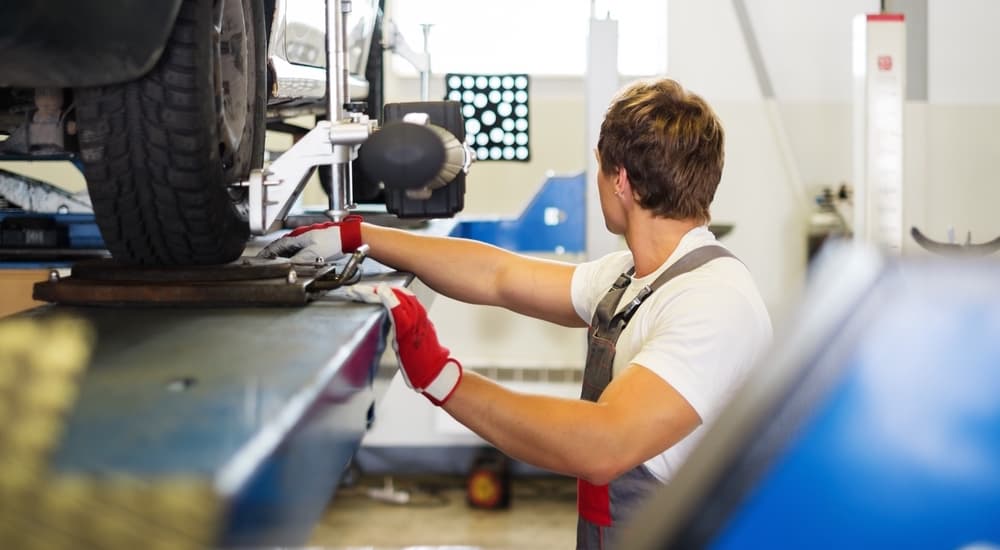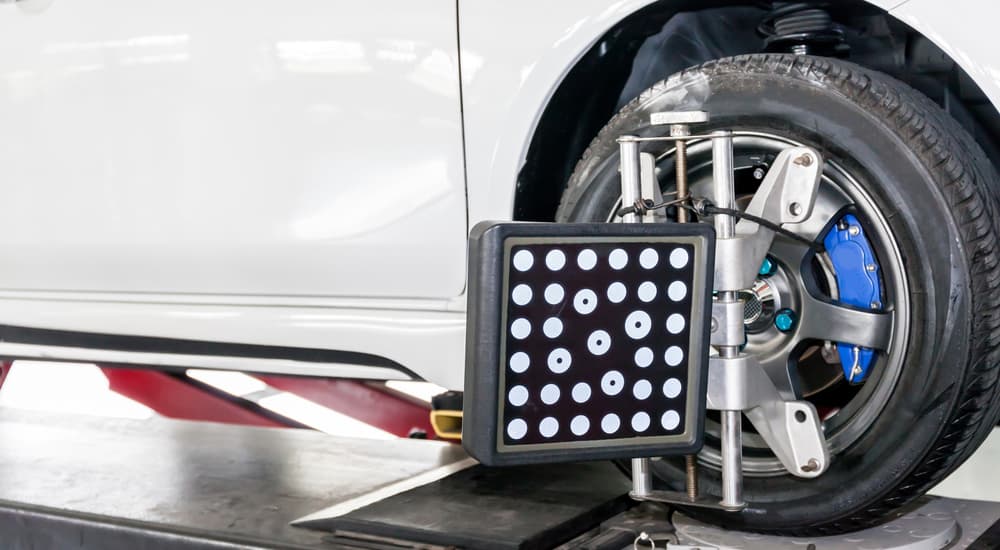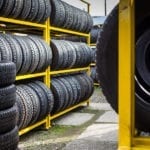Whether you drive a car, truck, or SUV, your vehicle’s alignment should be important to you. The alignment of your tires has a huge impact on how your vehicle handles when you drive, the wear and tear on your tires and other systems, and how easy it is for you to relax and cruise around without fighting your vehicle. And yet, a lot of people don’t know much about what an alignment is, how it can get out of whack, and what to do about it.
That’s why I’m here. We’ll take a look at your vehicle’s alignment, the three major aspects of it, and how you can tell if everything is well and good or if you have a problem. Then we’ll discuss what you should do if there is a problem with your alignment and what to expect from your visit to a service center. By the end of this, you’ll be an old pro with alignment issues, and you can expect friends to ask about your newfound vehicular expertise.
Thing 1: What is an Alignment?
If you play a lot of Dungeons & Dragons (and even if you don’t), then the first thing you need to know is this: no, you don’t have to worry about your car becoming chaotic-evil. When it comes to vehicles, “alignment” refers to the suspension and how it connects the vehicle itself to its wheels. When everything is aligned properly, then the wheels on your car, truck, or SUV are straight and roll properly to propel you forward or back.
But adjustments to your alignment don’t actually change the wheels directly – instead, they are made to the suspension in order to make sure the wheels sit correctly on the road. When things are aligned correctly, then your wheels are straight, vertical, and make proper contact with the road beneath you. An improper alignment puts your wheels at an angle and has a negative impact on how well your vehicle behaves and how easy it is to drive.
Thing 2: Three Major Aspects of Alignment

If you take your vehicle in for an alignment inspection, then what you are really doing is having a mechanic or service technician look at three things. Each of these is an important part of the overall alignment, so it’s worthwhile that you understand what they are.
Camber – The camber of your tires refers to how they are angled if you look at your vehicle from the front. Stand in front of your vehicle, facing toward it and look at your wheels – they should be straight up and down, vertical and perpendicular to the road. If the camber of your tires is off, then it means they are leaning either in toward your vehicle (negative camber) or out away from your vehicle (positive camber). Either type of misalignment is problematic.
Toe – Where the camber is how your tires are leaning when viewed from the front, the “toe” refers to any misalignment in your wheels when viewed from above. You can think of this like standing up and looking down at your feet and toes. When viewed from above, your tires should be straight and parallel with the centerline of your car. A misalignment here means that your tires are either angled in toward the center of your vehicle (toe in) or out away from your vehicle (toe out).
Caster – Finally, there is the alignment of your steering axis with respect to the center line of your wheels. This is a bit harder to visualize and not as simple as noticing that your tires are angled in or tilted toward your car. A misalignment here means that the axle is either angled toward you while you’re driving (positive caster) or away from you (negative caster). Don’t let the names fool you; both of these have a negative effect on the handling and performance of your car.
Thing 3: How to Check Your Alignment
While you should have a professional auto mechanic check the alignment of your vehicle and make corrections as needed, there are a few things to watch for that indicate the alignment may be off. For one, watch for uneven wear on the tread of your tires. For example, if you notice the insides of your tires are more worn than the outside, then the camber might be off, resulting in the tire leaning inward and wearing down on the inside first.
Excessive vibration in your steering wheel while driving can also indicate a problem with your alignment, especially if you are on a road that should not feel rough. If you notice that your car is driving straight while your steering wheel is at an angle, meaning you’re adjusting for an issue, then this can also indicate improper alignment.
Finally, you can see how your vehicle handles without your hands on the steering wheel. Make sure you have an open road, with a good straightaway, and no one else is nearby – release the steering wheel briefly and see what happens. If you go straight, then your alignment is probably good – if you start to drift left or right, then you might have an issue.
Thing 4: Consequences of Poor Alignment
Poor alignment can have numerous consequences for your vehicle, such as the way your tires wear out. Uneven wear and tear means you might have poor contact with the road, which you might not even realize depending on how the wearing occurs. Improper alignment can also take a toll on your car’s steering and suspension since it is not handling properly and parts can wear down more easily. A poor alignment also means you have to fight with your vehicle more to drive straight and can result in a bumpy, unpleasant ride since your suspension is messed up.
Thing 5: Proper Alignment Maintenance
Unless you have the right equipment and experience, you should let a professional handle your alignment for you. If you notice any indicators that your alignment is off, then schedule an appointment with a mechanic or your dealership service center to have them take a look at it. This is usually a pretty quick type of service, but some locations only have one rack for suspension and alignment work. By making an appointment, you ensure you don’t have to wait for it to become available.
You can check your vehicle’s owner’s manual to see if there is a recommendation on how often you should have your alignment checked and adjusted, but it mostly comes down to how you drive. Any hit to your suspension, such as striking a pothole or grazing a curb as you make a turn, can cause misalignment. After any serious accident or similar event, if you notice issues with your alignment, then take it in for an inspection and adjustment.
Otherwise, a routine alignment adjustment is a good idea about every year or two, depending on how much you drive. If you haven’t had your alignment checked in a while, then you should bring it up when you go in to have your tires rotated or changed. This way, you make sure your entire steering and suspension system is in good shape and ensure the smoothest ride possible. Routine maintenance might not be particularly fun or exciting, but it makes driving easier and can help prevent serious, costly issues that might arise later on.





